Planet-forming disks, maelstroms of gas and dust swirling around young stars, are nurseries that give rise to planetary systems, including our solar system. Astronomers have discovered new details of gas flows that sculpt those disks and shape them over time.
Winds of change: James Webb Space Telescope reveals elusive details in young star systems." ScienceDaily. ScienceDaily, 7 October 2024. <www.sciencedaily.comUniversity of Arizona. . Winds of change: James Webb Space Telescope reveals elusive details in young star systems.
The James Webb Space Telescope is helping scientists uncover how planets form by advancing understanding of their birthplaces and the circumstellar disks surrounding young stars. Scientists have ... Mounded, luminous clouds of gas and dust glow in this Hubble image of a Herbig-Haro object known as HH 45. Herbig-Haro objects are a rarely seen type of nebula that occurs when hot gas ejected by a ...
Astronomers have mapped out the chemicals inside of planetary nurseries in extraordinary detail. The newly unveiled maps reveal the locations of dozens of molecules within five protoplanetary disks ... Astronomers have captured images of the inner rims of planet-forming disks located hundreds of light years away. These disks of dust and gas, similar in shape to a music record, form around young ...
Galaxies NASA Extrasolar Planets Astronomy Space Exploration Nebulae Space Telescopes
United States Latest News, United States Headlines
Similar News:You can also read news stories similar to this one that we have collected from other news sources.
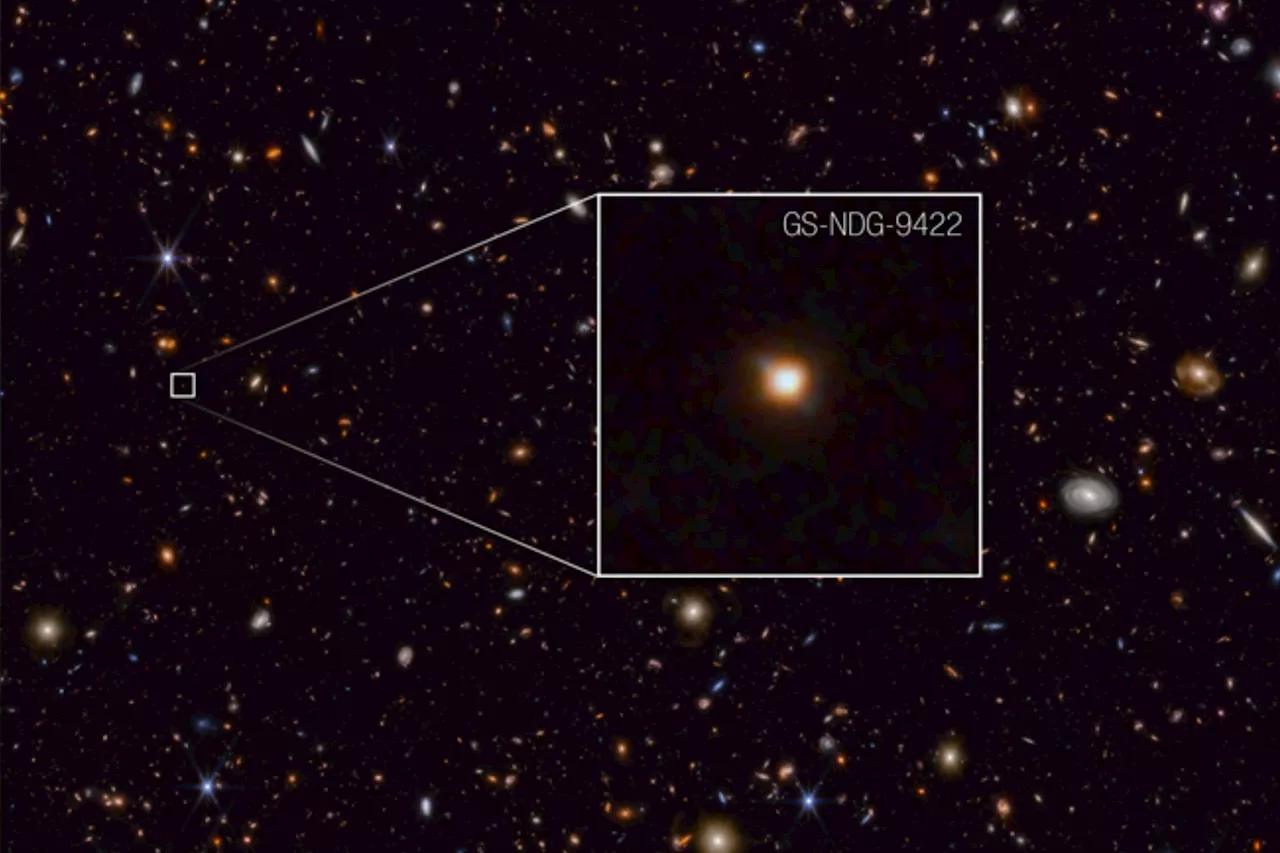 'Weird' Ancient Galaxy Discovered by James Webb Space TelescopeThe gas clouds of galaxy GS-NDG-9422 have been observed shining brighter than its stars, something which is very rare, astronomers say.
'Weird' Ancient Galaxy Discovered by James Webb Space TelescopeThe gas clouds of galaxy GS-NDG-9422 have been observed shining brighter than its stars, something which is very rare, astronomers say.
Read more »
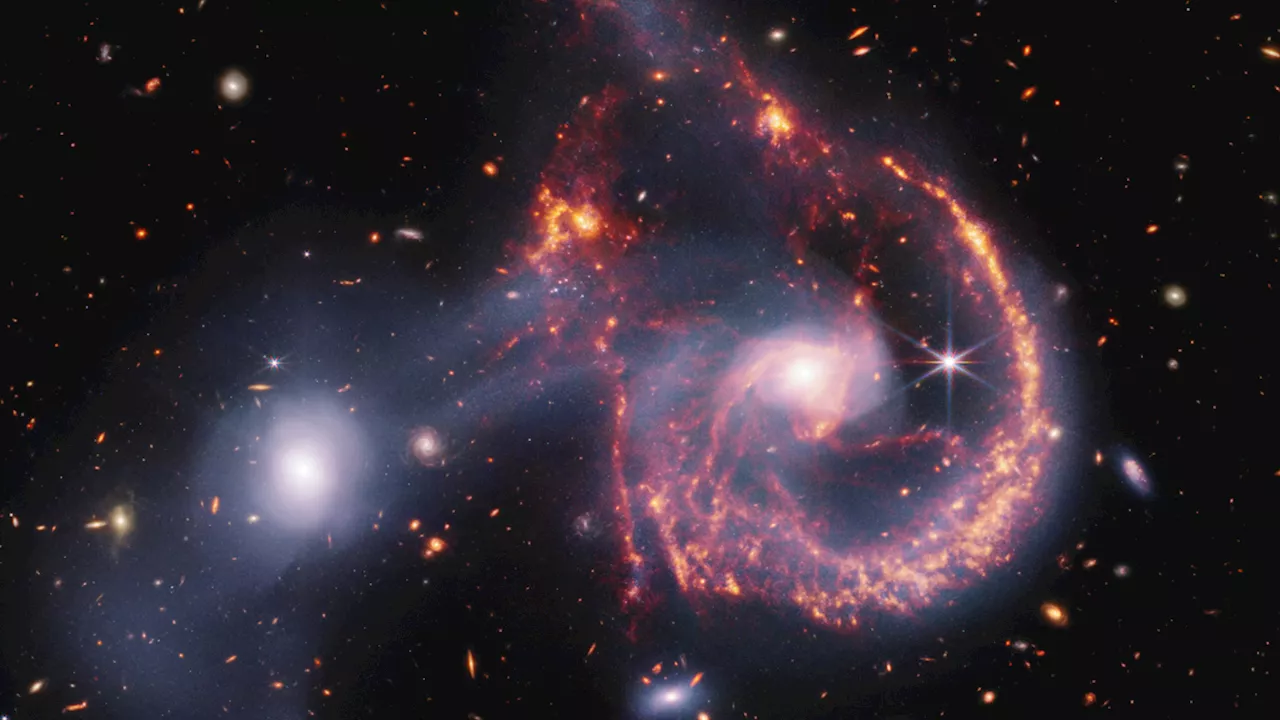 James Webb Space Telescope witnesses a 'smiling' galactic collision (images)Robert Lea is a science journalist in the U.K. whose articles have been published in Physics World, New Scientist, Astronomy Magazine, All About Space, Newsweek and ZME Science. He also writes about science communication for Elsevier and the European Journal of Physics. Rob holds a bachelor of science degree in physics and astronomy from the U.K.
James Webb Space Telescope witnesses a 'smiling' galactic collision (images)Robert Lea is a science journalist in the U.K. whose articles have been published in Physics World, New Scientist, Astronomy Magazine, All About Space, Newsweek and ZME Science. He also writes about science communication for Elsevier and the European Journal of Physics. Rob holds a bachelor of science degree in physics and astronomy from the U.K.
Read more »
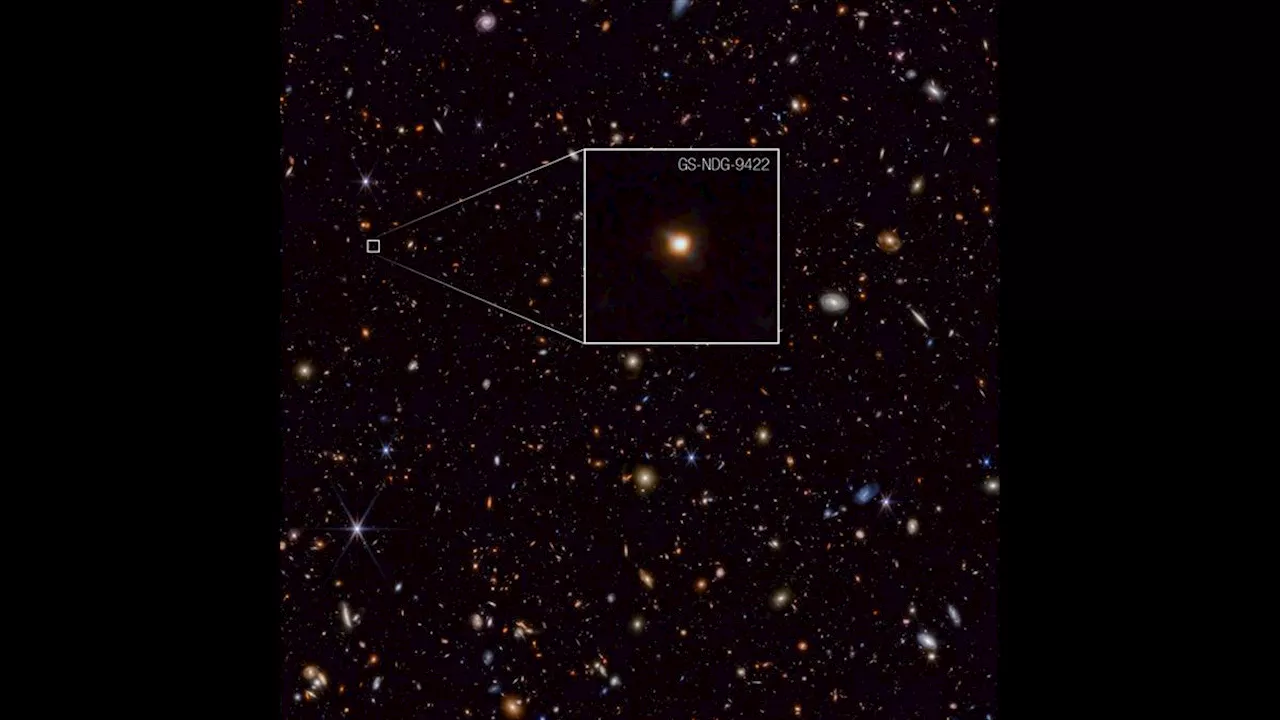 'That's weird': James Webb Space Telescope spies a strange galaxy outshining its starsSharmila Kuthunur is a Seattle-based science journalist covering astronomy, astrophysics and space exploration. Follow her on X skuthunur.
'That's weird': James Webb Space Telescope spies a strange galaxy outshining its starsSharmila Kuthunur is a Seattle-based science journalist covering astronomy, astrophysics and space exploration. Follow her on X skuthunur.
Read more »
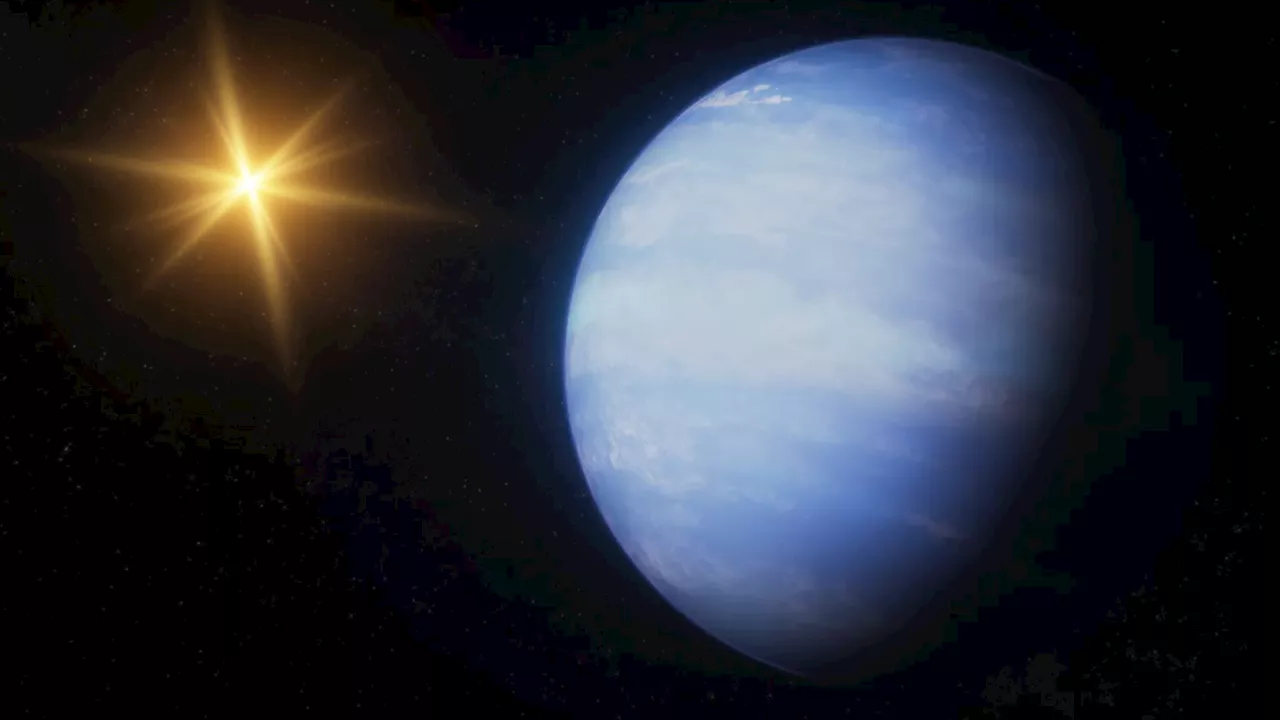 James Webb Space Telescope finds 'puffball' exoplanet is uniquely lopsidedRobert Lea is a science journalist in the U.K. whose articles have been published in Physics World, New Scientist, Astronomy Magazine, All About Space, Newsweek and ZME Science. He also writes about science communication for Elsevier and the European Journal of Physics. Rob holds a bachelor of science degree in physics and astronomy from the U.K.
James Webb Space Telescope finds 'puffball' exoplanet is uniquely lopsidedRobert Lea is a science journalist in the U.K. whose articles have been published in Physics World, New Scientist, Astronomy Magazine, All About Space, Newsweek and ZME Science. He also writes about science communication for Elsevier and the European Journal of Physics. Rob holds a bachelor of science degree in physics and astronomy from the U.K.
Read more »
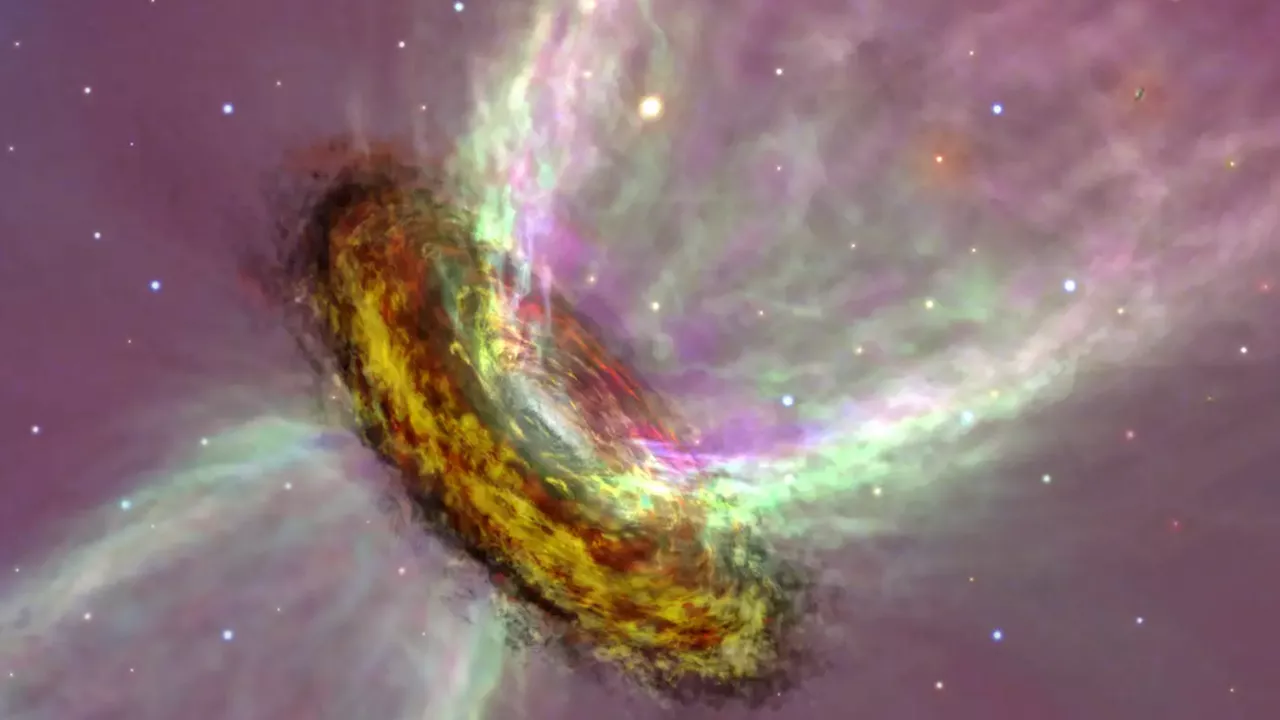 James Webb Space Telescope studies dusty 'pancakes' feeding baby stars and birthing planetsRobert Lea is a science journalist in the U.K. whose articles have been published in Physics World, New Scientist, Astronomy Magazine, All About Space, Newsweek and ZME Science. He also writes about science communication for Elsevier and the European Journal of Physics. Rob holds a bachelor of science degree in physics and astronomy from the U.K.
James Webb Space Telescope studies dusty 'pancakes' feeding baby stars and birthing planetsRobert Lea is a science journalist in the U.K. whose articles have been published in Physics World, New Scientist, Astronomy Magazine, All About Space, Newsweek and ZME Science. He also writes about science communication for Elsevier and the European Journal of Physics. Rob holds a bachelor of science degree in physics and astronomy from the U.K.
Read more »
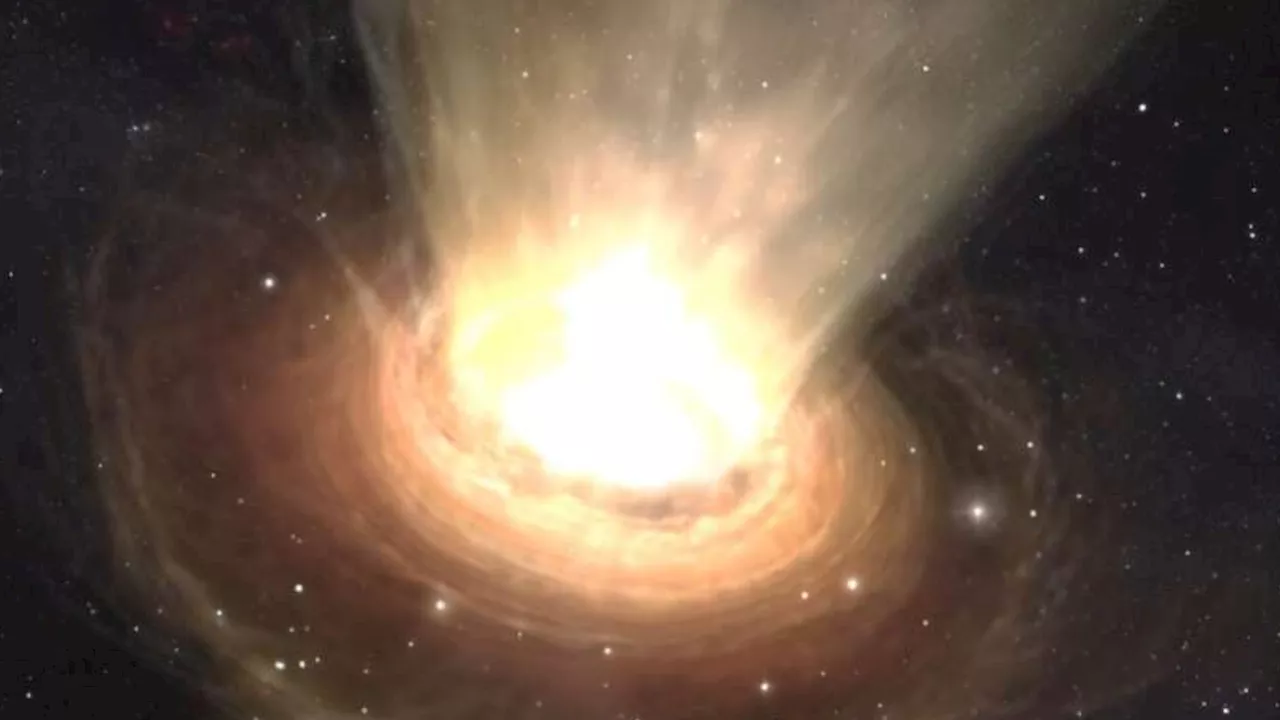 Ancient supermassive black hole is blowing galaxy-killing wind, James Webb Space Telescope findsRobert Lea is a science journalist in the U.K. whose articles have been published in Physics World, New Scientist, Astronomy Magazine, All About Space, Newsweek and ZME Science. He also writes about science communication for Elsevier and the European Journal of Physics. Rob holds a bachelor of science degree in physics and astronomy from the U.K.
Ancient supermassive black hole is blowing galaxy-killing wind, James Webb Space Telescope findsRobert Lea is a science journalist in the U.K. whose articles have been published in Physics World, New Scientist, Astronomy Magazine, All About Space, Newsweek and ZME Science. He also writes about science communication for Elsevier and the European Journal of Physics. Rob holds a bachelor of science degree in physics and astronomy from the U.K.
Read more »
